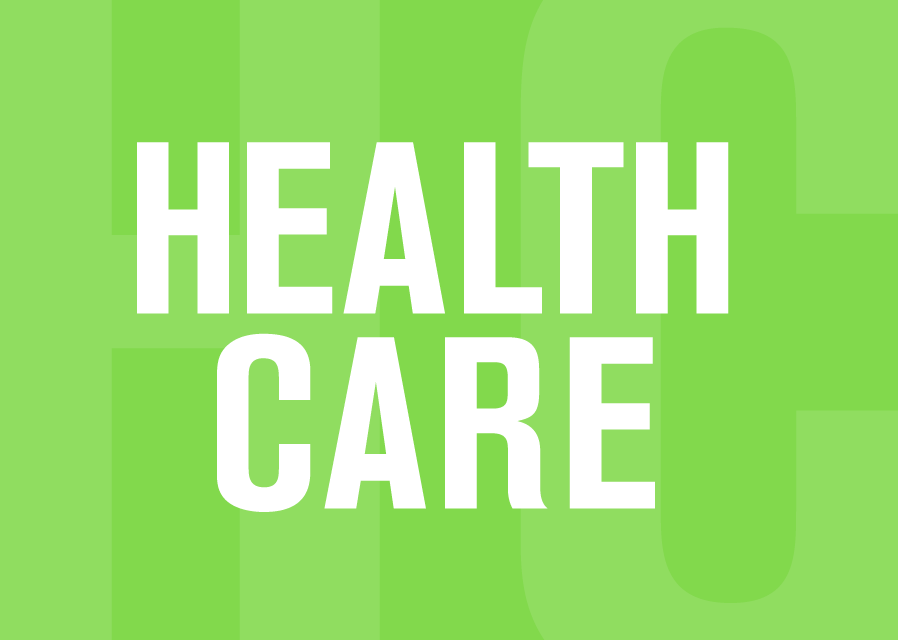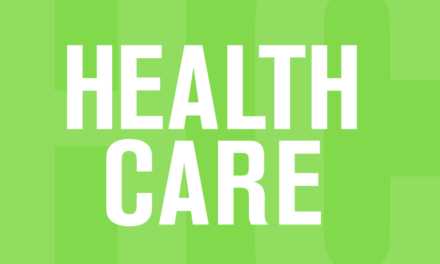According to reports, wide grins and high fives were the order of the day in the House of Commons on Friday when Health minister Philpott announced that three more provinces – all big ones – had agreed to “take” Ottawa’s “take-it-or-leave-it” new health care deal, leaving only Manitoba as a hold out.
The question that came immediately to mind was “why the festivity?”
Unless they are deluded into believing that provinces are somehow divorced from the people who live in them the Liberal parliamentarians were essentially congratulating themselves for sticking it to the Canadian people, particularly those living in Atlantic Canada.
Seeing such a celebration may have been especially galling to Nova Scotians – more than 100,000 of them by one estimate – who do not have a family doctor. Some of those folks – 25,000 of whom have put themselves on the waiting list for a family physician – may also have been aware that the McNeil government was a prime enabler of last week’s Commons victory dance.
Nova Scotia, along with Liberal governments of New Brunswick and Newfoundland, was among the first to abandon a provincial united front against the Trudeau government’s scheme to scale back federal health transfers. Instead of holding out for increases close to the six per cent a year that’s been the norm since 2004, those three stalwart defenders settled for increases that will come in at around three per cent, plus some targeted funding for home care and mental health.
After the timid trio’s cave in just before Christmas, other provinces fell in line – the Territories and Saskatchewan, followed by PEI, British Columbia and, last week the big fish – Quebec, Ontario and Alberta, provinces representing 70% of the country’s population.
Per capita unchallenged
The initial side deals agreed to by the three faint-hearted provinces specified that they would benefit if others negotiated better arrangements. As it turned out, there were some modest sweeteners. Several provinces received some cash to deal with the opioid epidemic and Saskatchewan got concessions on private MRI tests. In keeping with “asymmetrical federalism as recognized in 2004” Quebec achieved more leeway on how it spends the mental health and home care money.
But with three of the four Atlantic Provinces folding early, there was no one left to argue the very solid case for “asymmetrical” health care funding that takes into account population age and health status. As a result the whole deal is on a per capita basis – need is not taken into account.
It’s debatable whether needs-based funding is the entire solution for the long waiting list for family docs revealed last week. There are many other factors involved. However, two other reports released last week from Statistics Canada provide snapshots that strengthen the case for asymmetrical health funding. StatCan’s Health Indicators reported that Newfoundland, New Brunswick and Nova Scotia continue to lead the country in cancer rates. That’s the health status argument. And the agency’s latest data on population show that while we continue to lose overall population to other provinces, older people from other provinces are moving here. Halifax, for example, had a positive net inter-provincial migration of 89 (best before) over-60s in 2015-16, more than offset by a negative migration of 526 (presumably healthier) people aged 20-59.
None of this seems to register with the McNeil government, which continues to defend the health sell-out. Asked about it during the recent “emergency” session of the legislature, McNeil went on about how the deal is a good one because it will put more money into mental health and home care. What he did not acknowledge is a classic case of the feds ordering the provinces to rob Peter – all of the other services covered by the health care spending envelope – to pay Paul – mental health and home care.
By the numbers
Let’s do some math. Before it went bust, the provincial united front was holding out for an increase of 5.2% a year in a ten-year deal. That formula would have netted Nova Scotia an increase of about $50 million in 2017-18. Nova Scotia will get a slightly better increase – next year only – under the new arrangement. But more than half of that increase will have to go to two areas, mental health and home care. Those two sectors account for about 10% of current budget, so the targeted dollars will mean an increase of about 7% – no doubt needed and welcome. But it means that for the rest of the health envelope – covering hospitals, doctors, drugs and capital spending – the federal increase amounts to less than half a percent of the 2016 spending.
And the new deal gets worse over time relative to the provincial ask of 5.2%. That’s because while the floor increases at just under 3% per year, the targeted funding is fixed over the ten-year period. Assuming Nova Scotia draws down the home care and mental health money at 10% a year, the new deal will provide about $20 million less in 2018-19 than would have been received with a 5.2% escalator; in 2019-20, the shortfall will be $44 million, and it keeps growing, as illustrated.
Years 3% Targeted Total 5.2% Shortfall
2016-7 $944m – – – –
2017-8 $967m $29m $996m $993m ($3m)
2018-9 $996m $29m $1,025m $1,045m $20m
2019-0 $1,026m $29m $1,055m $1,099m $44m
2020-1 $1,057 $29m $1,086 $1,156m $70m
2026-7 $1,264 $29m $1,293m $1,567m $274m
The shortfall numbers in the table are estimates. The $967 million shown in the first column for 2017-8 could compound at more or less than 3%, depending on the country’s GDP growth and Nova Scotia’s population. However, assuming a steady 3%, over the 10-year period, the difference between what the province settled for and what it would have received with a 5.2% escalator and no targeted funding – the shortfall column – adds up to $1.222 billion.
And it should be kept in mind that the 5.2% escalator was a compromise. For the last 12 years- including through nine years of the Harper government – federal health transfers to the provinces increased by 6 per cent a year. It was Harper’s widely condemned idea to reduce the increase to three per cent, starting this April 1. But he of the sunny ways was quick to embrace the dreaded three per cent as a floor, then add some cheap but eye-catching targeted funding and reap the benefits of praise from organizations like CARP and the Canadian Mental Health Association. Somewhere, Machiavelli is giving a thumbs-up.
-30-





